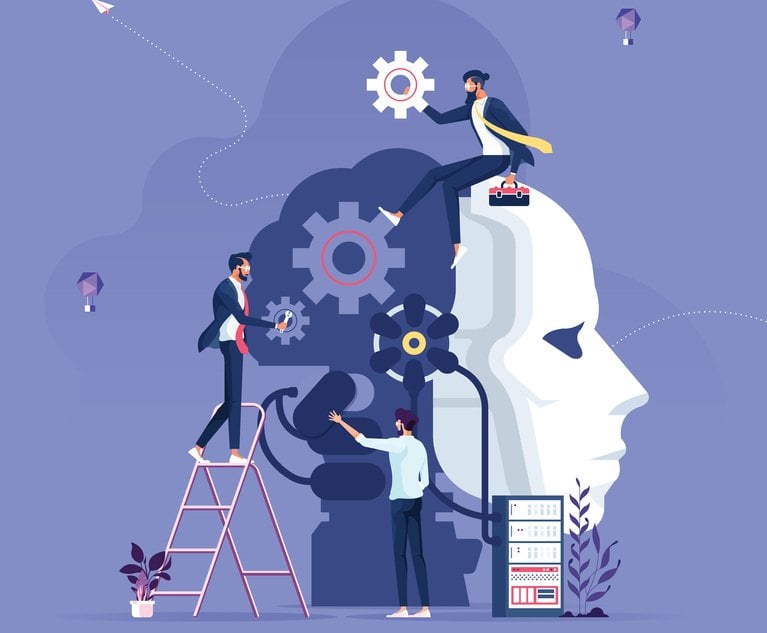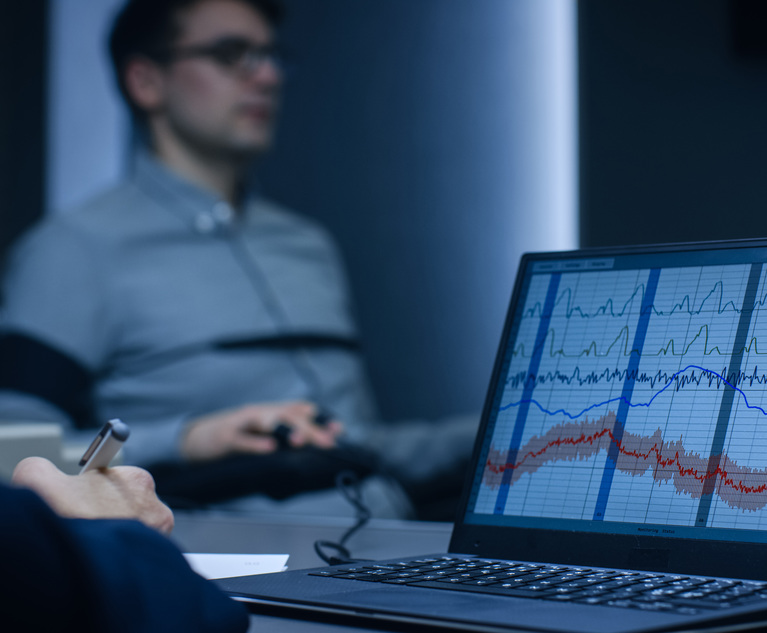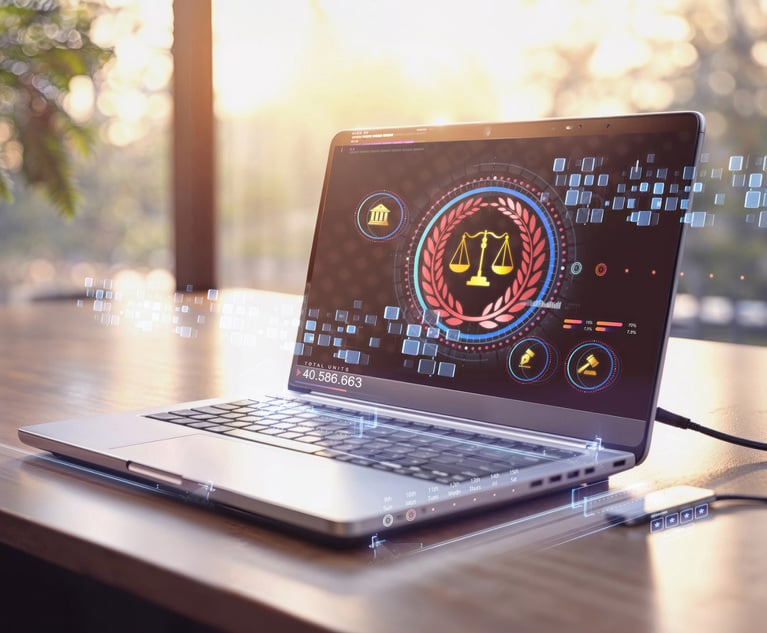Traditional software differs from artificial intelligence (AI) because programmers write algorithms which tell a program how to proceed and AI writes its own algorithms. When writing algorithms (known as deep learning), AI must copy and process a significant amount of existing content. Since copyright rights automatically arise upon the creation of any sort of content (images, text or sound), AI copying (without consent) are likely to cause legal difficulties. Technical, legal and business options are available to ameliorate AI training legal difficulties.
AI training starts with data and processes that data as follows: First, an AI model is given a set of training data and asked to make decisions based on that information. The data allows the AI to make correct and incorrect output. Each time the AI makes and delivers an output, it is told if the output is correct or not. The AI then repeats the process making adjustments to the data processing steps that help the AI become more accurate by making increasingly better algorithms (ordered data processing steps resulting in correct output).
This content has been archived. It is available through our partners, LexisNexis® and Bloomberg Law.
To view this content, please continue to their sites.
Not a Lexis Subscriber?
Subscribe Now
Not a Bloomberg Law Subscriber?
Subscribe Now
LexisNexis® and Bloomberg Law are third party online distributors of the broad collection of current and archived versions of ALM's legal news publications. LexisNexis® and Bloomberg Law customers are able to access and use ALM's content, including content from the National Law Journal, The American Lawyer, Legaltech News, The New York Law Journal, and Corporate Counsel, as well as other sources of legal information.
For questions call 1-877-256-2472 or contact us at [email protected]


 Credit: treety/Adobe Stock
Credit: treety/Adobe Stock




